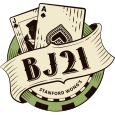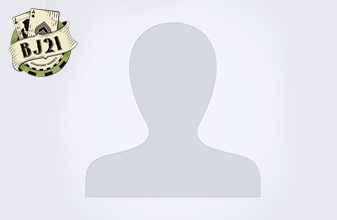I am trying to figure profit potential using an alternate method of determining when to take insurance.
I was looking at the way the average bet for Insurance was calculated for the I18 and it struck as not quite right. The method used was to determine the average bet that was made at a +3 or higher count, weighted by the frequency of the count occuring from Stanford Wong's Professional Blackjack (okay so far), and then multiply by the frequency that the dealer will have an ACE showing (1/13).
This is probably alright for comparison purposes of determining the I18, but since the HiLo includes the ace in the count, doesn't +3 and higher counts also imply that the dealer will have an ace showing more often when larger bets are out, therefore skewing the average insurance bet even higher?
In other words, the frequency of placing insurance bets increases with the count just like the bet size does and both factors should be accounted for when trying to determine average bet size. Is my logic flawed or are them some other factors to consider?










